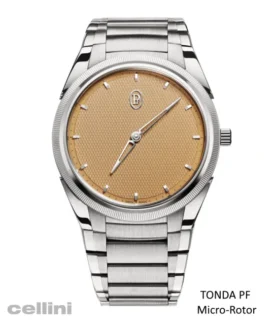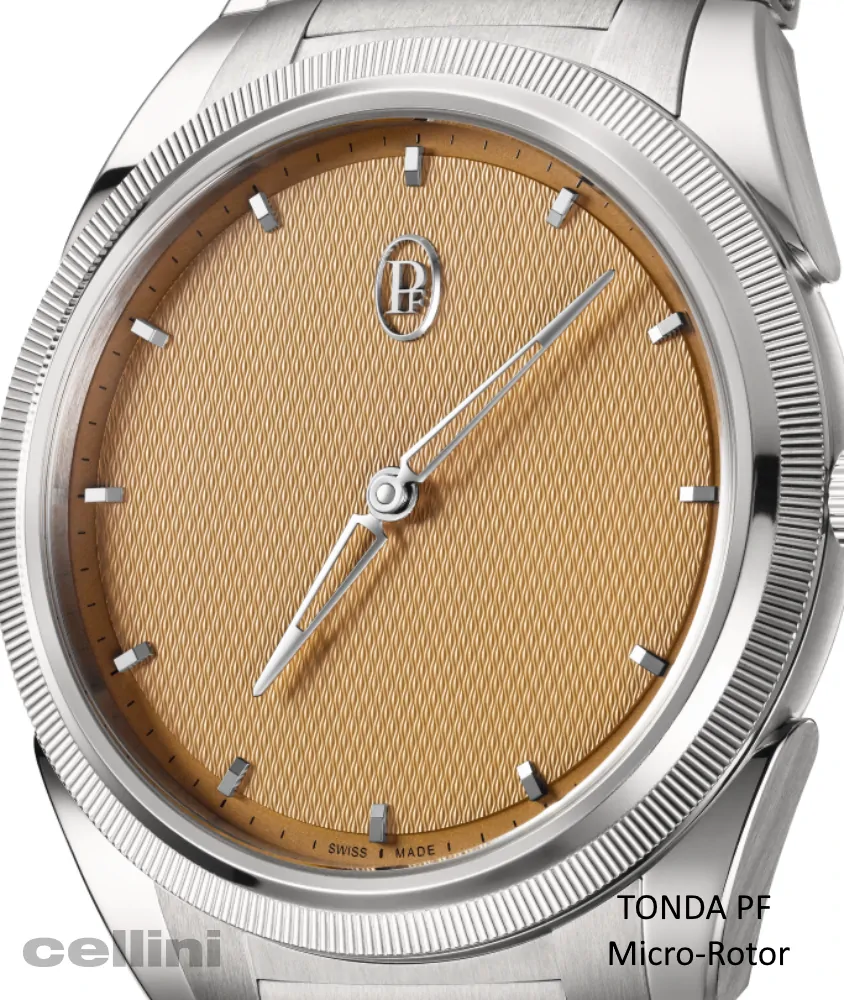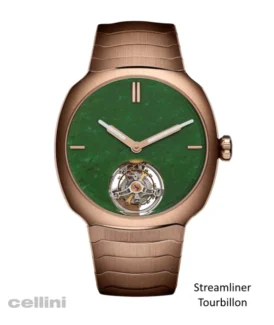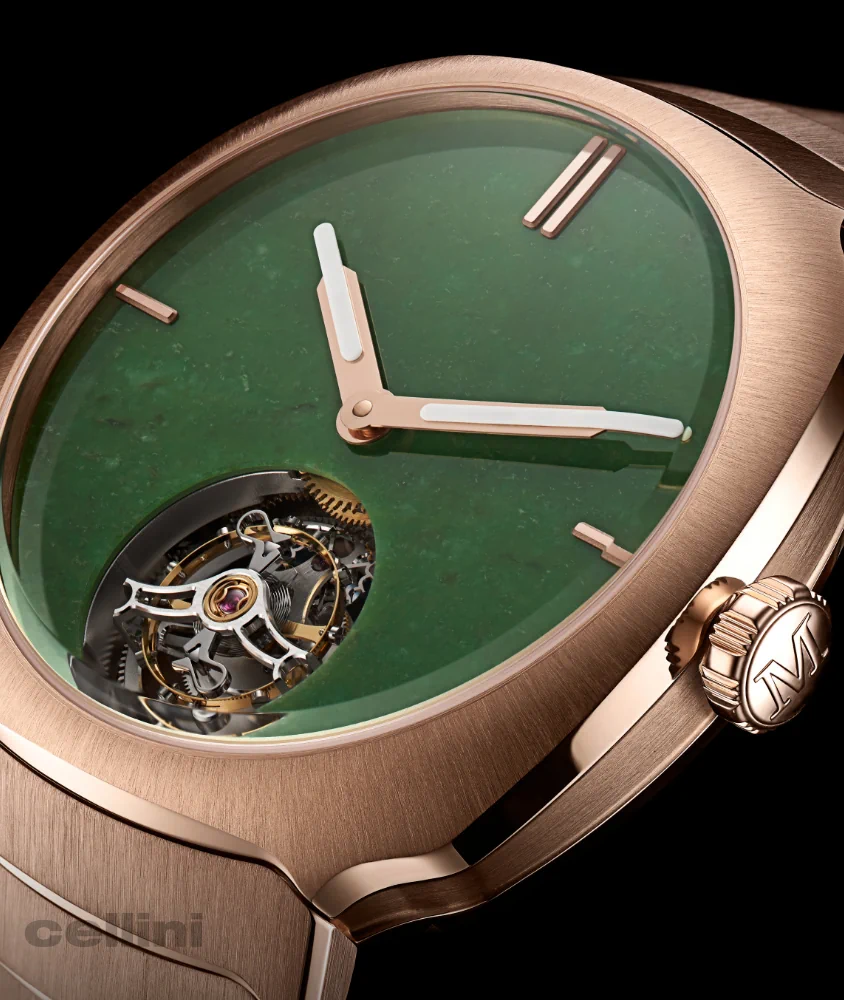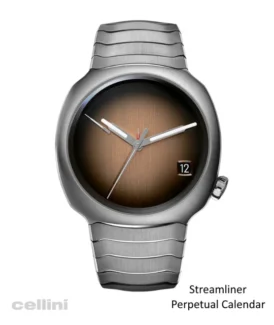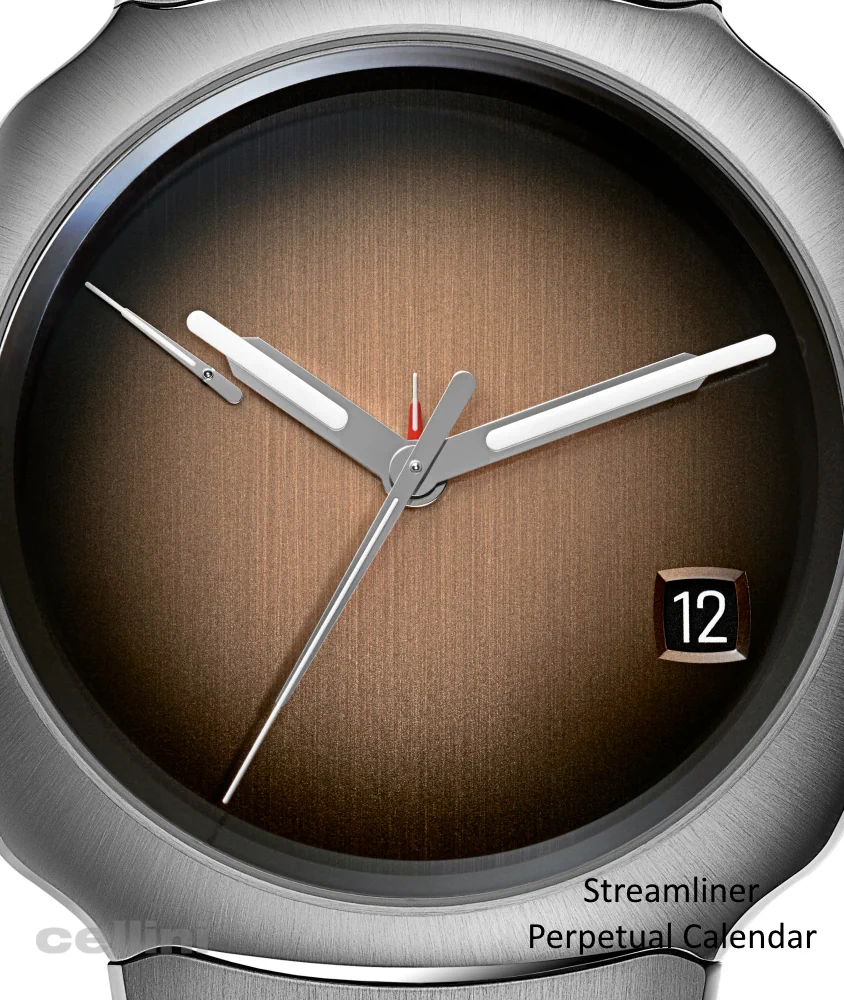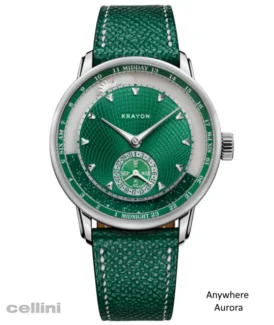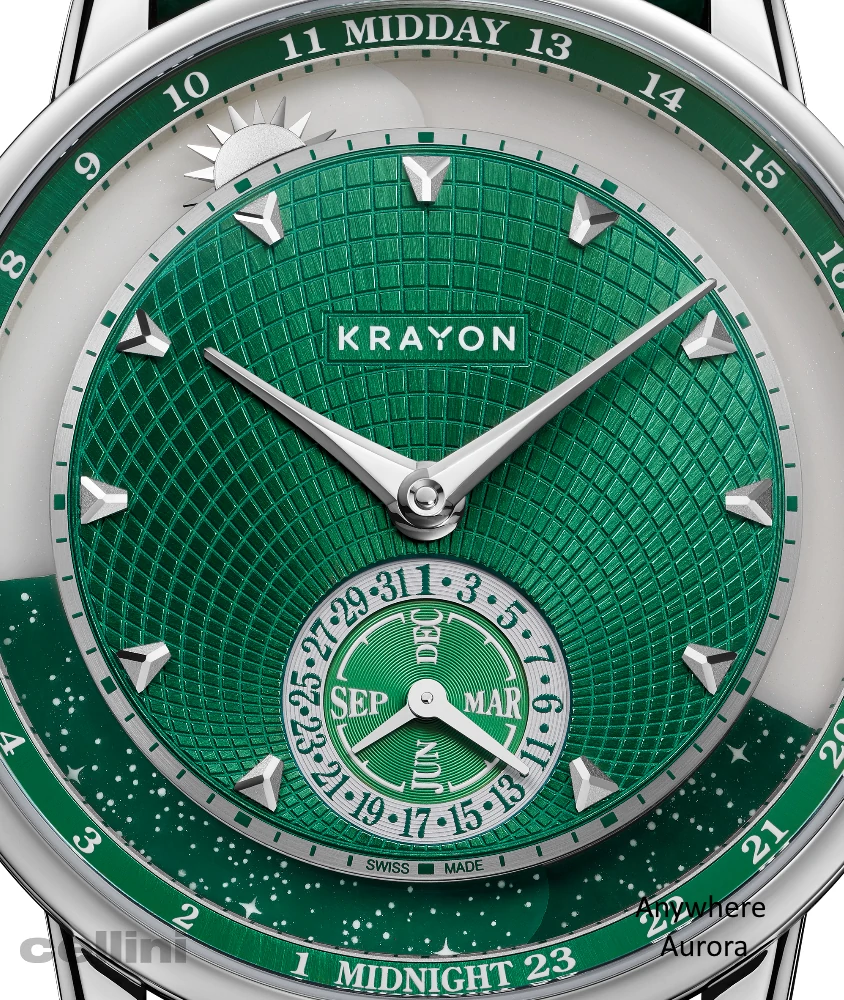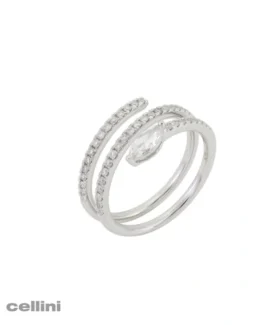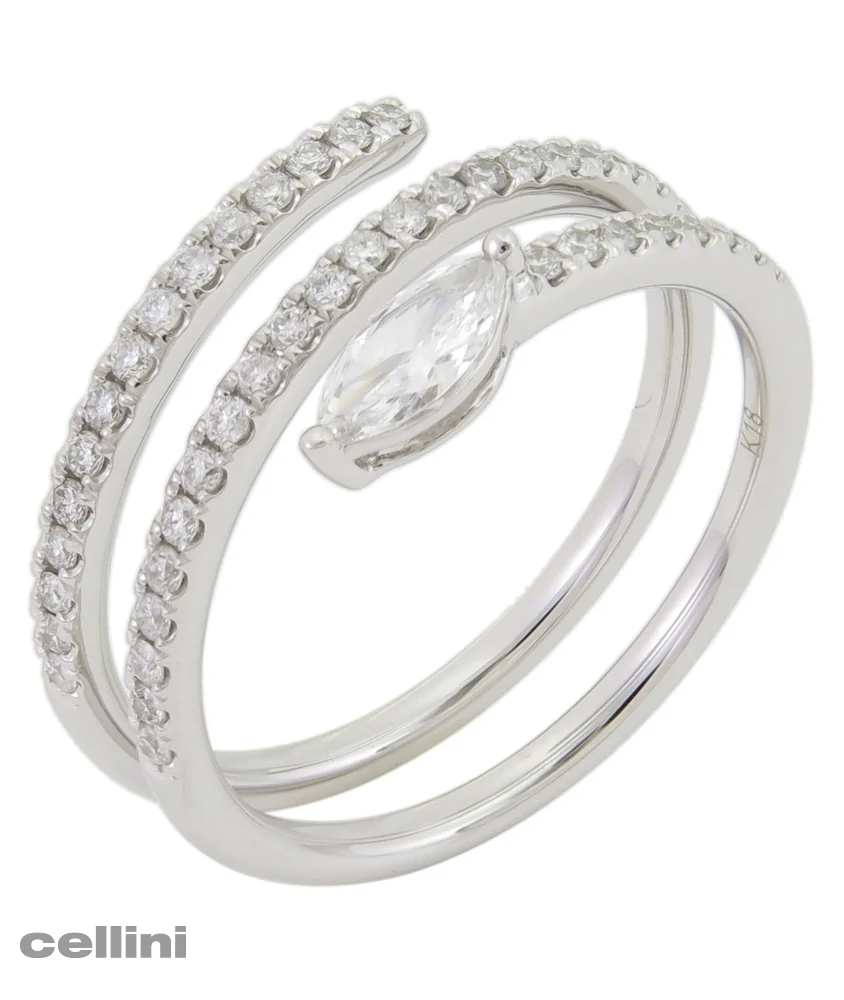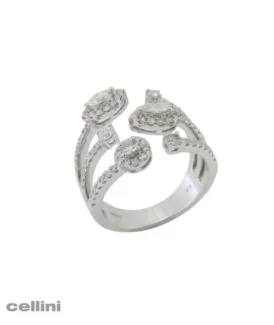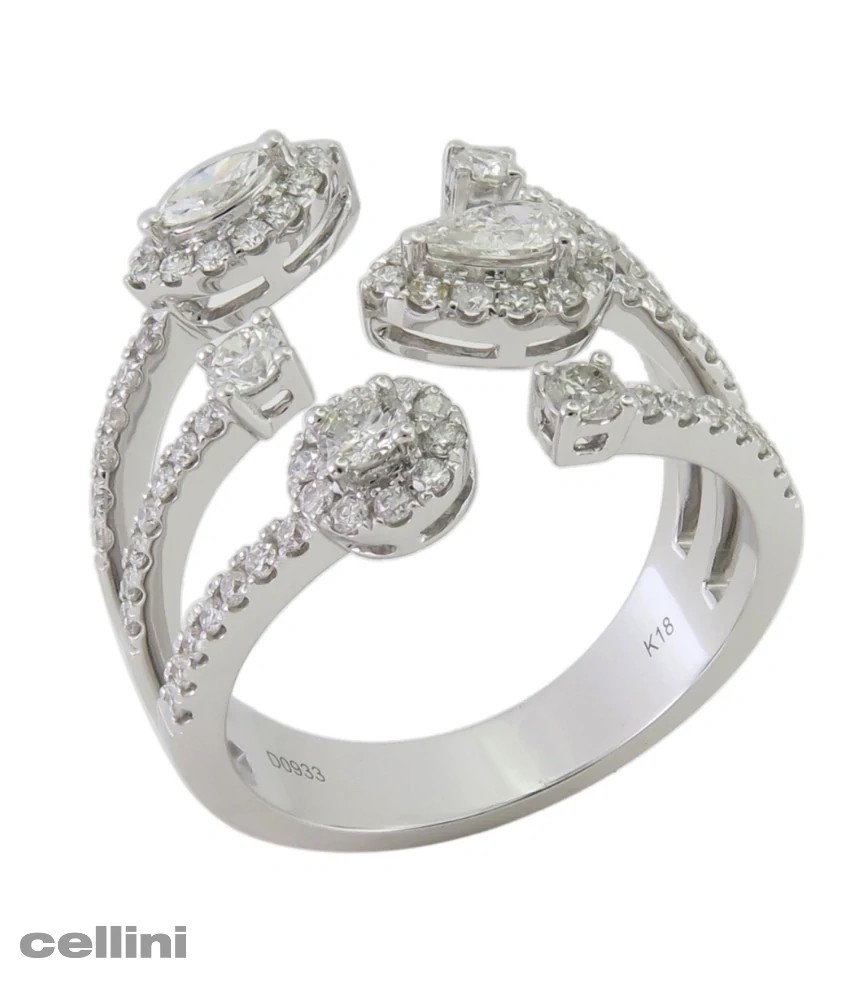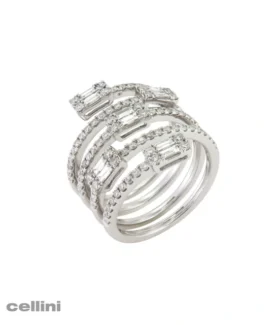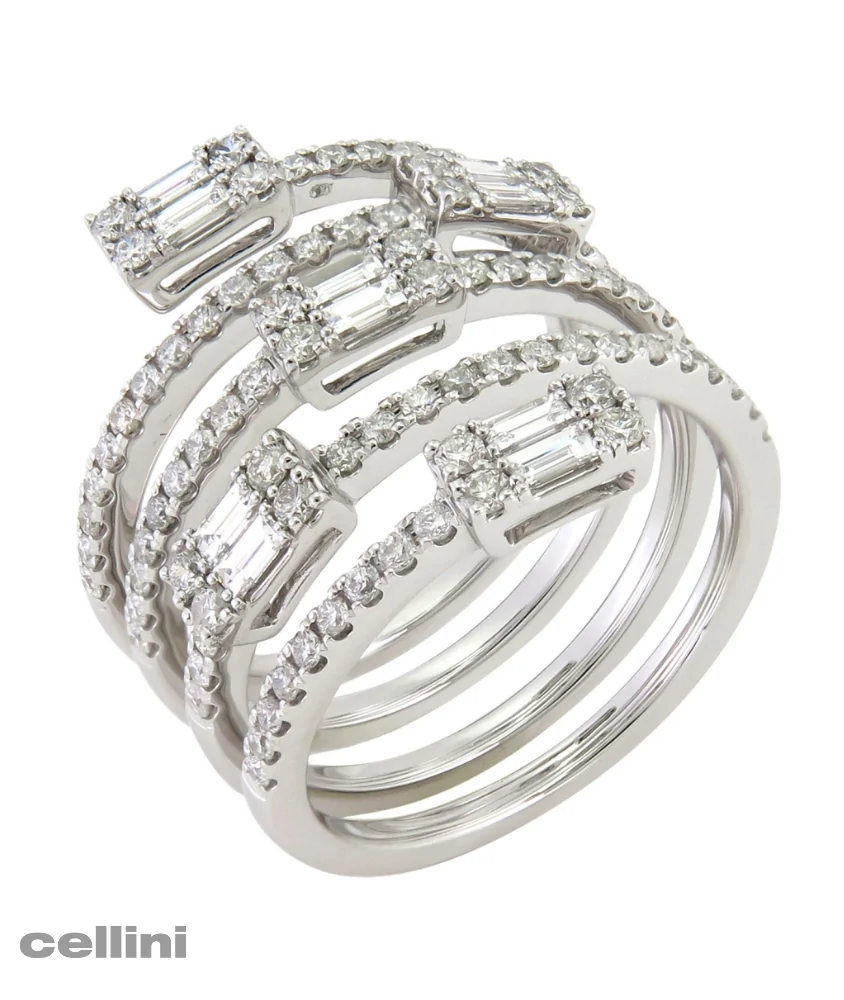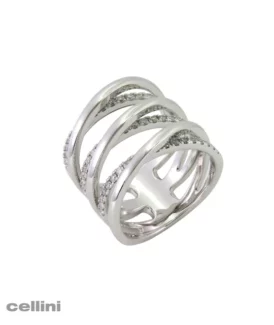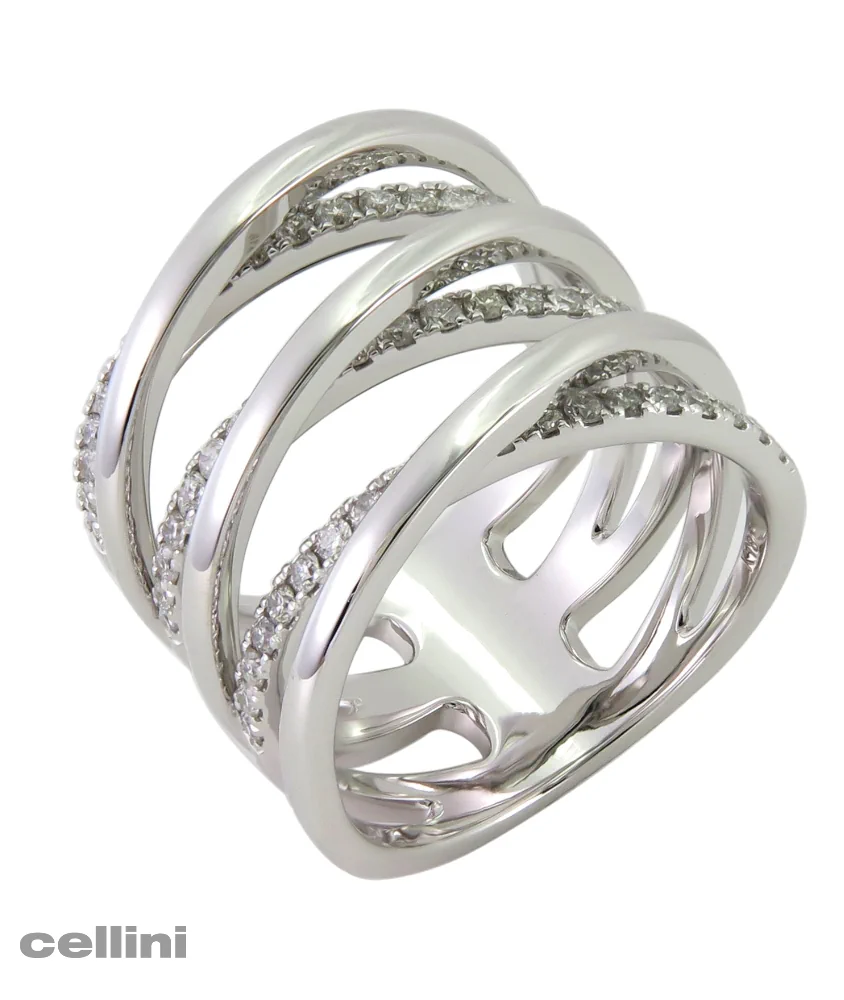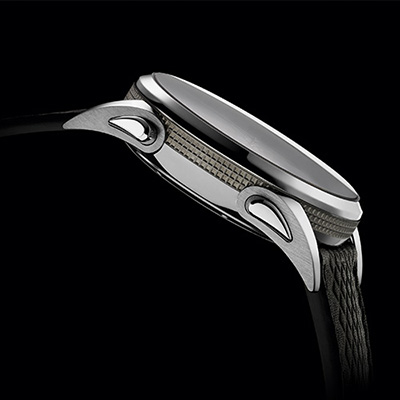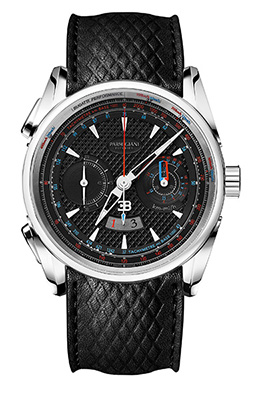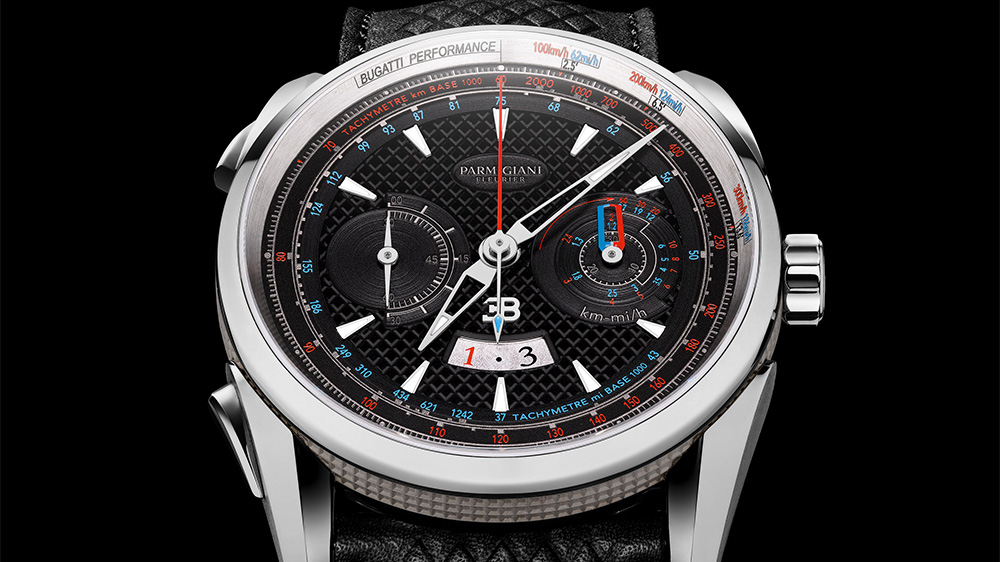
Beauty and Mystery: The Bugatti Aérolithe from Parmigiani
Hiding his work from his father Ettore, Jean Bugatti built the Bugatti Aérolithe, creating it from a highly flammable magnesium alloy that made welding impossible. The body was designed in two parts joined by an ingenious riveted dorsal seam. Shortly after it was unveiled in 1935, this incredible car which fell from the sky – hence its meteorite-inspired name – disappeared from the surface of the earth, its brief passage marked by just a few photographs.
When creating the Bugatti Aérolithe Performance, Parmigiani Fleurier was inspired by its beauty and mystery; the case is made entirely from titanium, a metal found in the meteorites that race through our atmosphere. This high-tech piece uses laser technology to apply finishes beyond the capability of conventional machining. Underneath the crown and the pushers, the intermediate ring displays an “inverted diamond point” pattern, which is impossible to create by removing material with the usual methods.
The dial is split into two parts,and this continues onto the angled section of the bezel, where the indications are a nod to the exceptional performances of modern-dayBugattis. Its textured central section creates a beautiful sense of depth. The ends of the diamond points in the pattern are polished to give the centre a subtle brilliance, while the exterior of the dial is selectively laser sandblasted. The experience gained from the Senfine Concept Watch proved priceless in achieving something so complex, with the technologies developed for one-off creations serving to benefit other timepieces.
The counters at 3 and 9 o’clock have keen angles and are finished with a circular satin grain. Once again, lasers were used as satin-finishing within a recess would be impossible. The stepped counter at 3 o’clock is formed of three half-levels, each of which has a different textured effect. Finally, the rhodium-plated indications were formed using a technique that builds up the material by focussing a high-intensity laser beam on it.
There is a nod to the world of high-speed pursuits in the double tachometer, which has km/h indications in red and mph in blue in reference to the signature colors of Bugatti. The double tachymeter (km and miles) on the minute chronograph counter runs continuously in periods of 30 minutes. So, if you wish to calculate the pace for 1 kilometre during one hour of walking, the figure indicated by the dual-color hand must be multiplied by two. The concept of applying the performance of a Bugatti to its owner’s walking pace juxtaposes measurement of a highly precise, technical time with that of time spent in contemplation, walking rather than racing.
The delta-shaped hour and minute hands, the red “1” numeral on the date and the double hand at 9 o’clock all bear the stylistic hallmarks of Parmigiani Fleurier. Other striking elements contribute to the personality of this timepiece, such as the famous lugs featuring the dorsal seam of the Bugatti Aérolithe, the strap inspired by the embossed pattern of the manufacturer’s seats, and the deployant buckle, which is textured to match the dial.
The Bugatti Aérolithe Performance is driven by the proprietary PF335 movement, which boasts a flyback chronograph module. It is decorated with Côtes de Genève, a classic finish that complements this round watch, buoyed by the energy of the legendary car that served as its inspiration.

